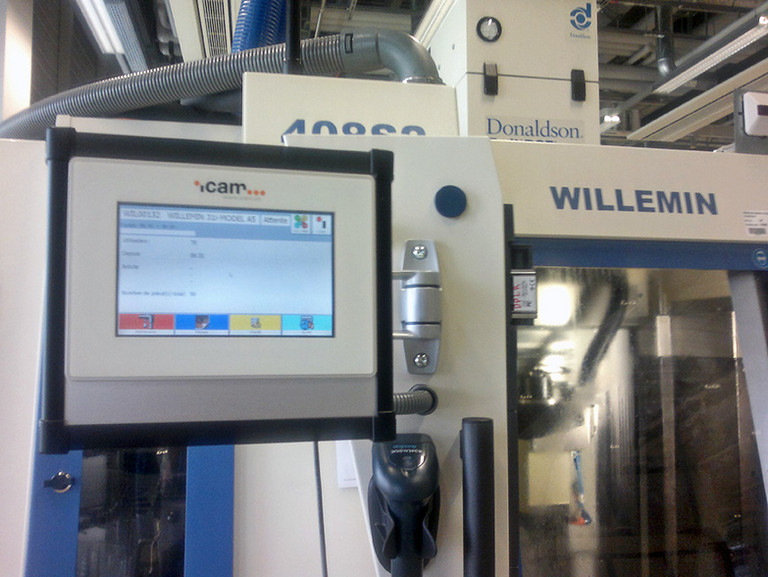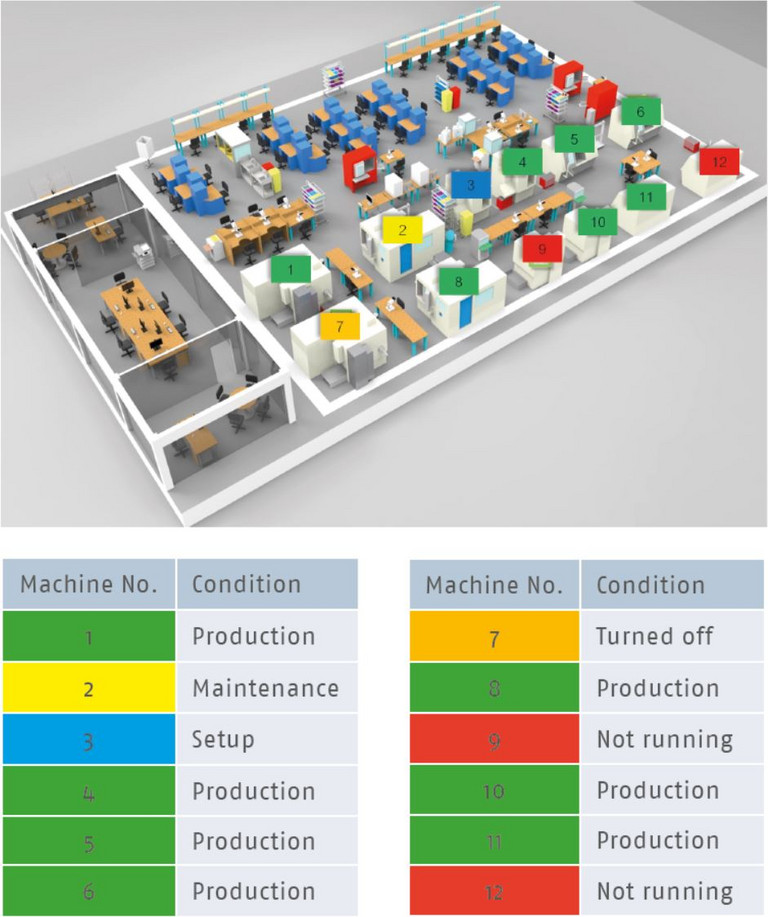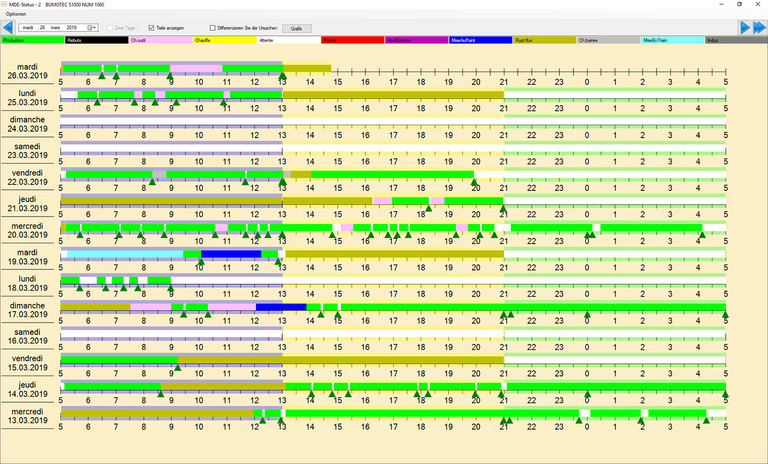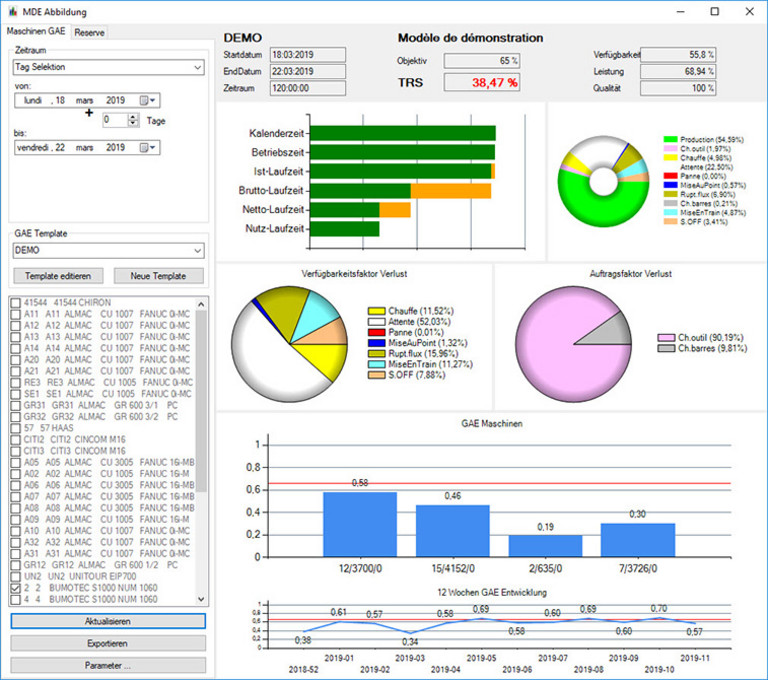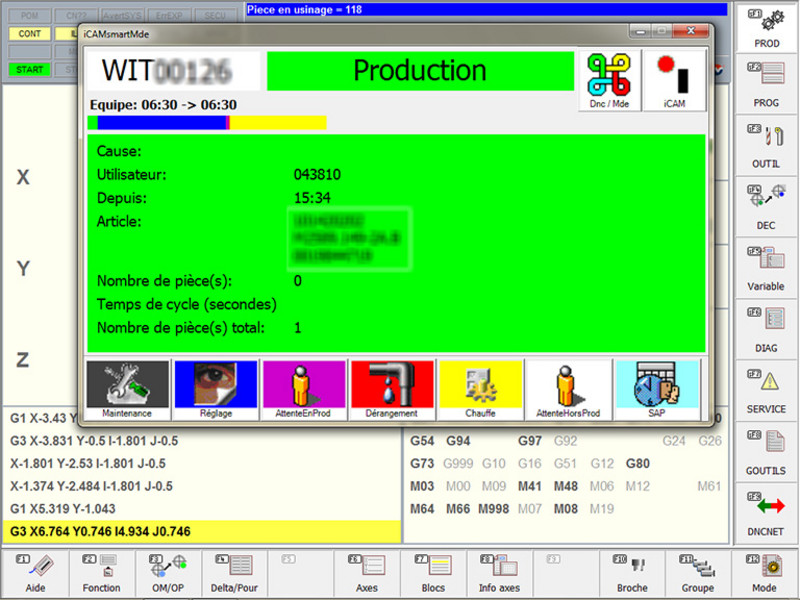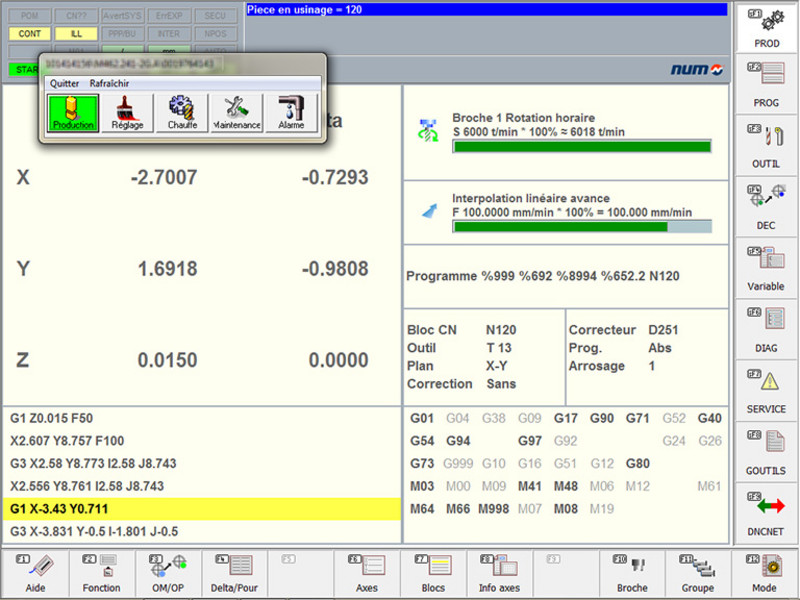Smart software for the combination of computer science and production
Much of what is today understood by “Industry 4.0” has, on the whole, been lived, developed and distributed at Innovative CAM AG for decades, with the exception of cloud and similar online services, which of course did not exist at the time. The name of the company is also very much part of the program: “CAM” stands for “Computer Aided Manufacturing” and this is exactly what the company in Nidau in the canton of Bern (Switzerland) has always been dedicated to. The focus is on the combination of information technology and production. Today, its business activities are based on three pillars: SpaceClaim, Esprit and iCAMNet.
SpaceClaim from ANSYS is a versatile 3D modeling tool that can be used to create and edit exact 3D data across departments. A major advantage of this software is its simplicity of use, so that even non-experts can create 3D models with little effort. Esprit by DP Technology is widely used and well established in the industry as CAM software that allows programming of any machine tool, including 2 to 5 axis milling and drilling, 2 to 22 axis turning, 2 to 5 axis wire EDM and multitasking mill-turn machines with and without a B axis.
Combined, these two pillars account for around 50% of Innovative CAM AG’s sales. The company acts as a reseller and offers support and training. With knowledge built up over many years, it comes as no surprise that the Esprit program has achieved the highest sales figures in the world seven times in around 20 years – and this in the rather small Swiss market!
The other half of the company’s turnover is generated by the third main pillar: iCAMNet. This software was launched on the market in 2010; it was developed by Innovative CAM AG itself and brings all the services that arise in a production environment to a common denominator. iCAMNet includes DNCNet, which on the one hand automatically checks NC programs for changes, and on the other hand manages and secures all part-relevant documents. The consequences are a simplification of the work, as well as a reduction of rejects. All transactions and changes are logged, ensuring complete traceability. iCAMNet is thus a holistic instrument for recording the overall effectiveness of the manufacturing system, which can also be used across several generations of CNC machines (with and without PCs) from different manufacturers.
The beginnings of this workshop monitoring can thus be described as an “early version of industry 4.0”. Today, cloud solutions are of course also available. Daniel Vez, Managing Director of Innovative CAM AG, comments: “The industry has long been calling for an Internet connection. However, we are currently seeing an about-face: many of our customers explicitly do not want to connect their machines to the Internet for security reasons.” The machines are therefore not directly connected to the Internet, but communicate with a dedicated server. The server itself may or may not be connected to the internet, depending on the configuration and customer requirements.
In the workshop, all machine data and conditions that are important for the respective customer are monitored and recorded. It is thus possible to see live - or later in report form - how the individual machines perform. The following are just a few examples of evaluation - the list could of course be extended extensively:
- Which machine produces which workpiece?
- Which tool will soon be blunt and will have to be replaced or reground?
- Which machine is stationary - and why (error, maintenance, no material, doors open, ...)?
- Which batch is being processed (traceability, e.g. for the medical industry)?
- How long did machine XYZ stand still compared to the other machines?
- How do the individual shifts perform, e.g. are there differences day/night?
- …
In the following cases iCAMNet offers manufacturer- and generation-spanning advantages:
- A machine park consists of digital and analog-controlled CNC machines. A specially developed terminal also allows analog machines to be integrated into iCAMNet and evaluated together with the newer machines in a workshop monitoring system.
- A machine park consists of machines from various manufacturers. As a platform-independent supplier, the machines can be connected to iCAMNet via predefined interfaces, which enables homogeneous monitoring.
The goal is clear: the optimization of all workshop processes. Interfaces to ERP systems, such as SAP, as well as alarm options (SMS, e-mail, etc.) are also available for this purpose.
The first cooperation between Innovative CAM AG and NUM AG dates back about 20 years and involved a transfer machine. Mr. Vez remembers: “The cooperation was very pleasant even back then. For example, if you had a problem or a question about the NUM 760 controller, you could get help quickly and easily from the NUM service.” For a Swiss customer, the two companies were able to work together to develop a tailor-made solution on which iCAMNet was integrated into Flexium+’s HMI, a prime example of the benefits of an adaptable, open system such as NUM offers.
Innovative CAM AG was founded in April 1991 as a spin-off from the Biel-based machine manufacturer Mikron, which gave up the “Software Engineering” division (Mikron later became Georg Fischer AG). Today, the team around Managing Director Daniel Vez consists of 15 employees at three locations. The headquarters are located in Nidau near Biel. The latter, along with Le Locle, Grenchen and La Chaux-de-Fonds, is one of the most important locations in the Swiss watch industry. Innovative CAM AG generates around 40 percent of its turnover with this industry. In addition, the international customer base includes various well-known companies in the machine industry and medical technology sectors.
Innovative CAM AG and Swissmechanic Training AG started a cooperation in 2017 under the motto “Mechanical showcase workshop, from basic training to application of industry 4.0”. The goals are the focused training and further education of employees and specialists as well as the strengthening of the competitiveness of the industry under given, currency-related difficult conditions.
(September 2019)

